The Lotus Esprit never followed the crowd. From its wedge-shaped debut in the ’70s to its twin-turbo V8 finale in the early 2000s, it stuck to lightweight construction, sharp handling, and just enough power to keep more expensive rivals on their toes. It wasn’t always the fastest or the flashiest, but when it was good—it was unforgettable.
Across nearly three decades of production, Lotus built some truly iconic Esprits. Some became movie stars, others dominated track days, and a few quietly defined their era. These ten models stand out as the ones that made the biggest impact.
1. 1981 Lotus Esprit Turbo Essex
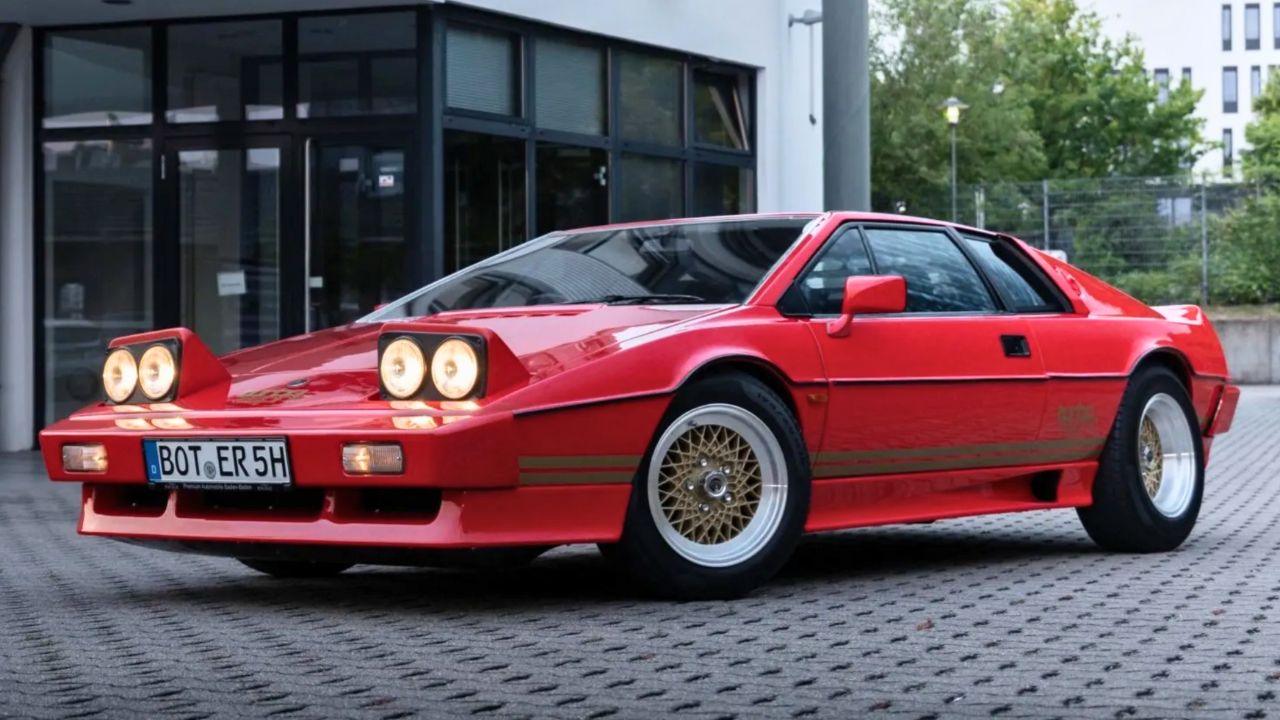
The Turbo Essex was the first turbocharged production Esprit and came dressed in racing-inspired blue with red and chrome stripes. It was powered by a 2.2-liter turbocharged four-cylinder making 210 hp and 200 lb-ft of torque.
The chassis was reworked with beefed-up suspension and rear brakes, and it introduced an oil cooler and improved cooling for turbo duty. Only 45 Essex editions were built, making it a rare piece of Lotus history that also previewed where the Esprit line was heading.
2. 1976 Lotus Esprit S1
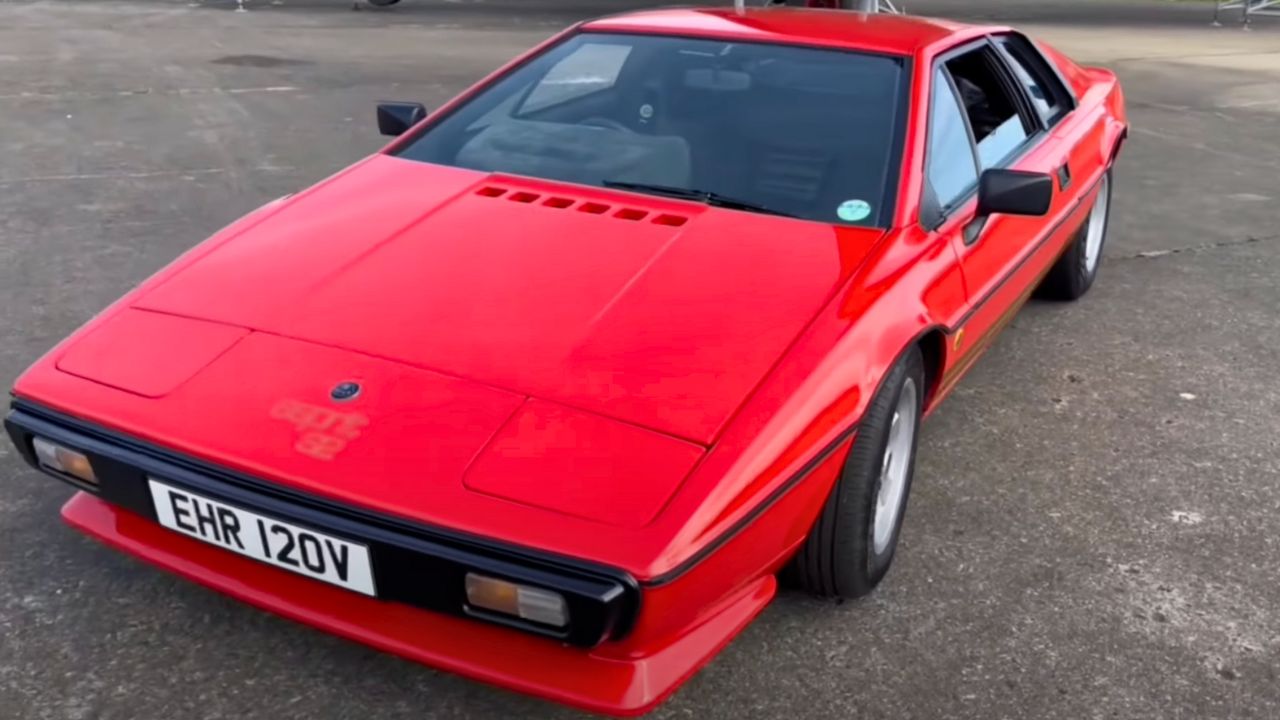
The original Esprit S1 hit the road in 1976 with sharp lines by Giorgetto Giugiaro and a fiberglass body that looked straight off a concept sketch. Powered by a 2.0-liter inline-four making 160 horsepower (Europe), it wasn’t a straight-line monster—but that wasn’t the point.
It weighed under 2,200 pounds and featured Lotus’ classic backbone chassis with double wishbone suspension up front and a Chapman strut setup in the rear. The Esprit S1 set the tone for the brand’s light-is-right philosophy and remains a design icon of the ’70s.
3. 1977 Lotus Esprit S1 “Submarine Car”
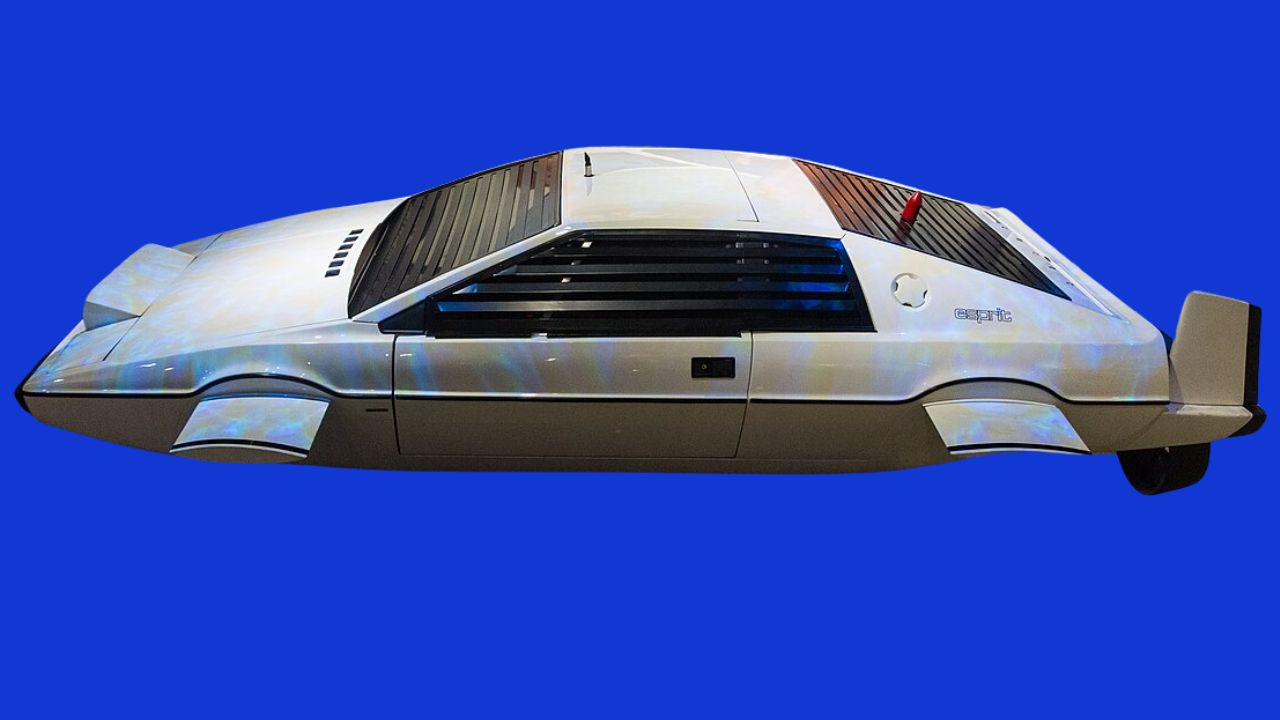
No conversation about the Esprit is complete without the Bond car from The Spy Who Loved Me. While the real S1 couldn’t transform underwater, the custom-built movie prop earned instant pop culture status.
The screen-used shell was based on a stock S1 and modified by Perry Oceanographic. Though not street-legal or functional as a car, it became one of the most recognizable vehicles in movie history. The original prop was found in storage decades later and purchased by Elon Musk in 2013.
4. 1987 Lotus Esprit HCPI (High Compression)
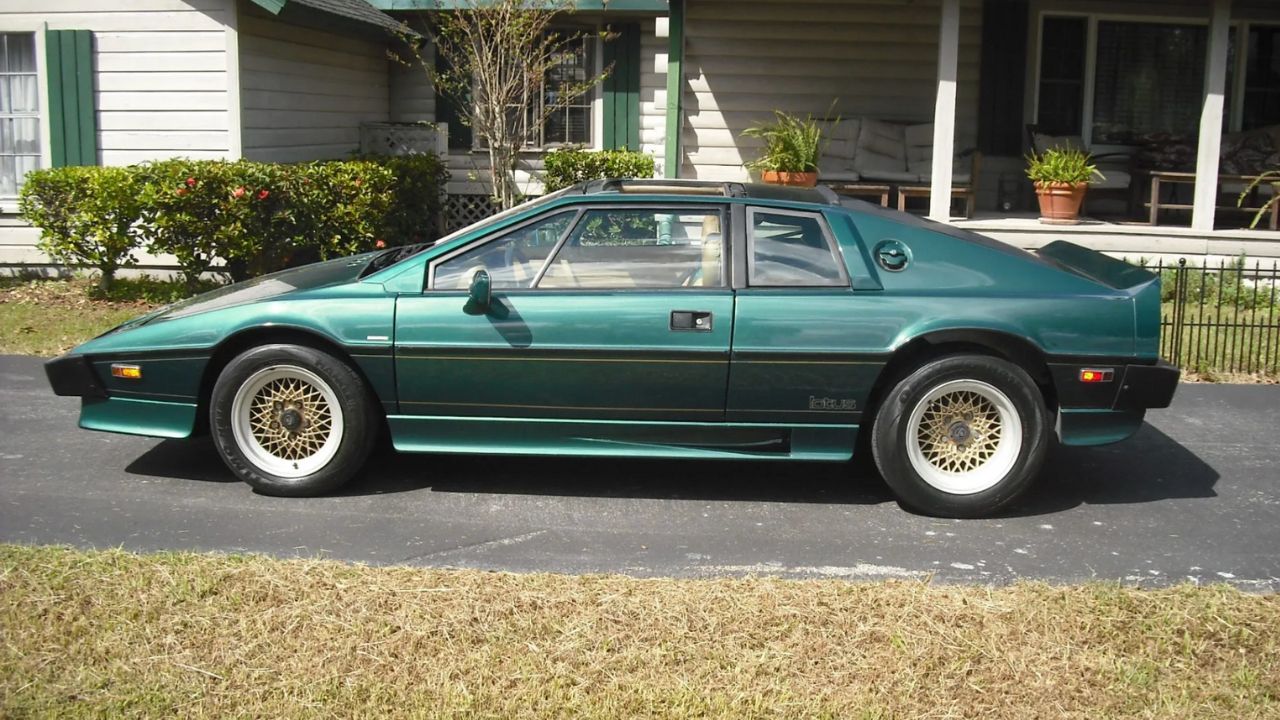
The HCPI variant was a late update to the naturally aspirated Esprit before full turbo adoption. It featured a higher compression 2.2-liter engine with 172 horsepower in U.S. spec, offering a bit more urgency without forced induction.
Lotus also refined the interior, improving materials and layout. It had subtle styling updates but stayed true to the wedge-shaped profile of earlier cars. While overshadowed by the Turbo models, the HCPI offered a smoother, more usable Esprit experience with a mechanical charm that’s aged well.
5. 1988 Lotus Esprit Turbo X180
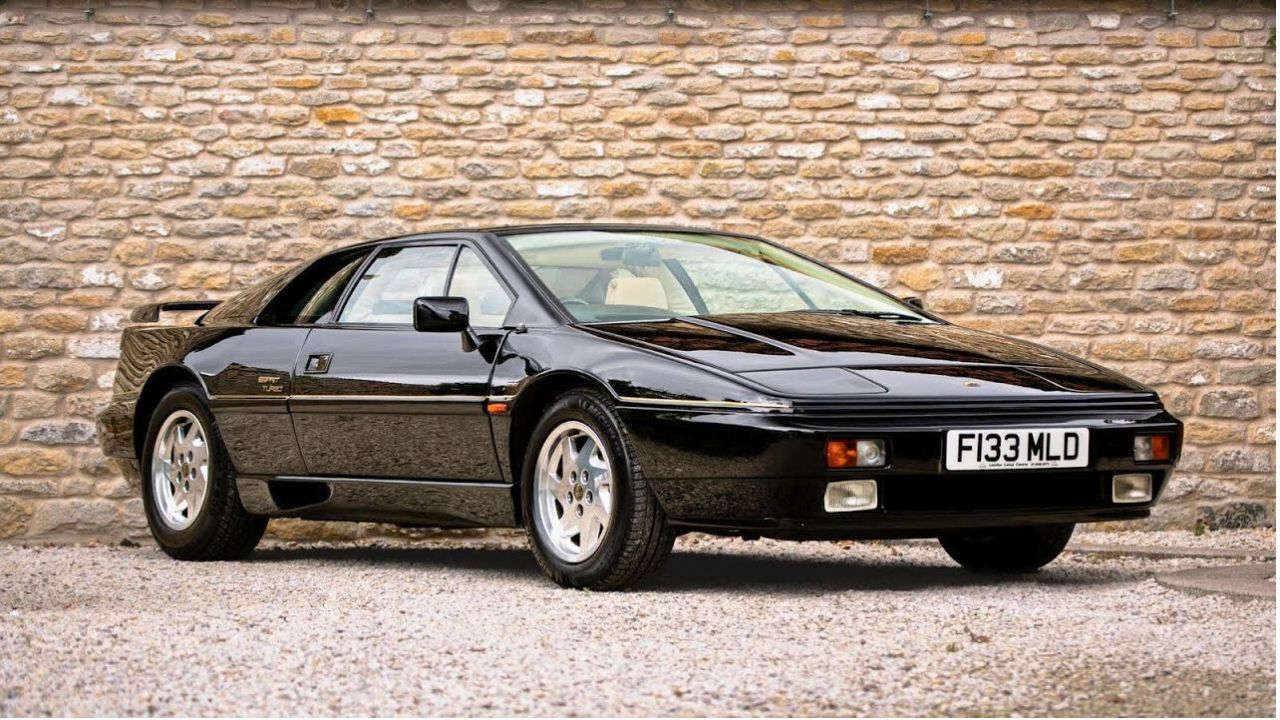
The 1988 Turbo X180 was the first major visual update to the Esprit since its debut. Gone were the angular Giugiaro lines—Peter Stevens gave the Esprit smoother, more aerodynamic bodywork that finally looked ready for the ’90s.
Underneath, it retained the 2.2-liter turbo engine making 215 horsepower in U.S. trim. Suspension and handling were further refined, and the car felt more mature without losing its edge. It marked a turning point from barebones exotic to more rounded grand tourer.
6. 1993 Lotus Esprit Sport 300
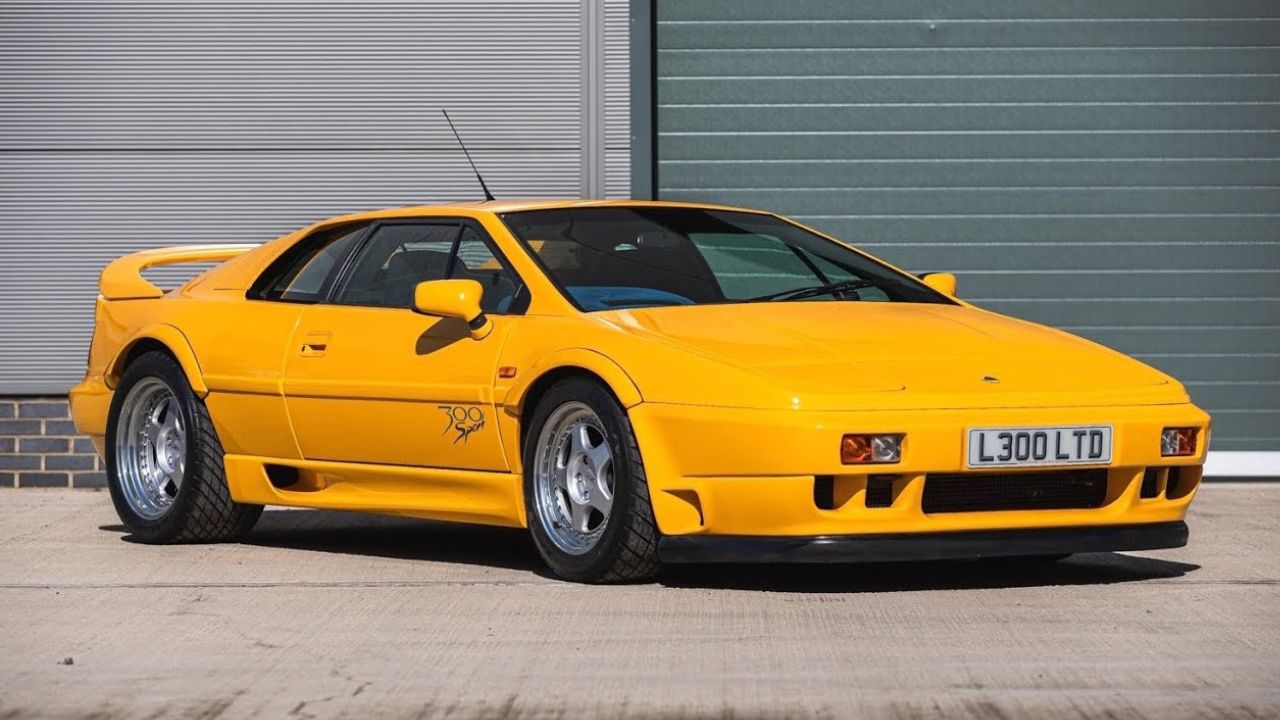
Built as a limited-run, track-focused version of the Esprit, the Sport 300 was based on the SE but turned up every dial. Its 2.2-liter turbocharged four-cylinder produced 300 horsepower, making it the most powerful four-cylinder Esprit ever made.
It featured revised suspension geometry, a stripped-down interior with bucket seats, and a large rear wing for added downforce. Only 64 were produced, all for the European market. With its aggressive aero and race-bred tuning, it’s one of the sharpest-driving Esprits of the entire run.
7. 1996 Lotus Esprit V8
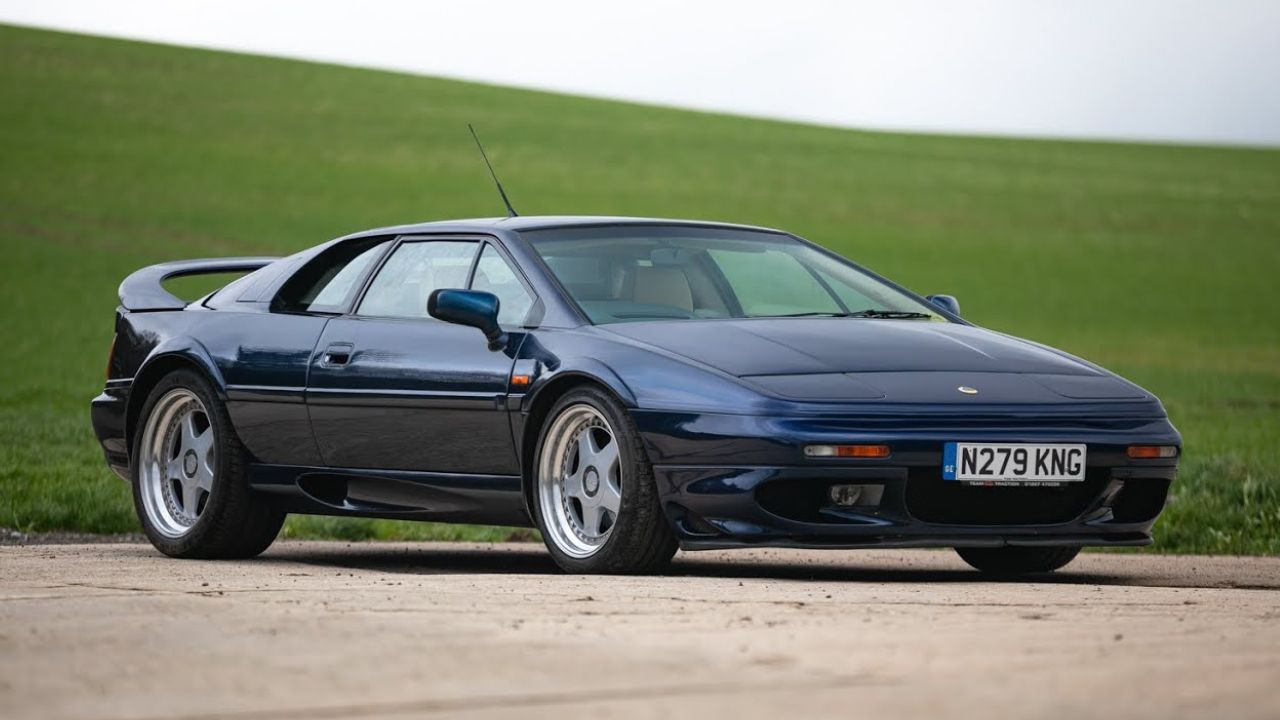
After years of four-cylinder engines, Lotus finally dropped in a 3.5-liter twin-turbo V8 built in-house. It made 350 horsepower and 295 lb-ft of torque, giving the Esprit proper supercar numbers for the first time.
The new engine sat in the same chassis but required upgrades to the cooling system, gearbox, and brakes. Despite Lotus never offering an official U.S. version until 1997, the V8 transformed the Esprit’s image from lightweight wedge to a genuine Ferrari rival—at half the price.
8. 1999 Lotus Esprit Sport 350
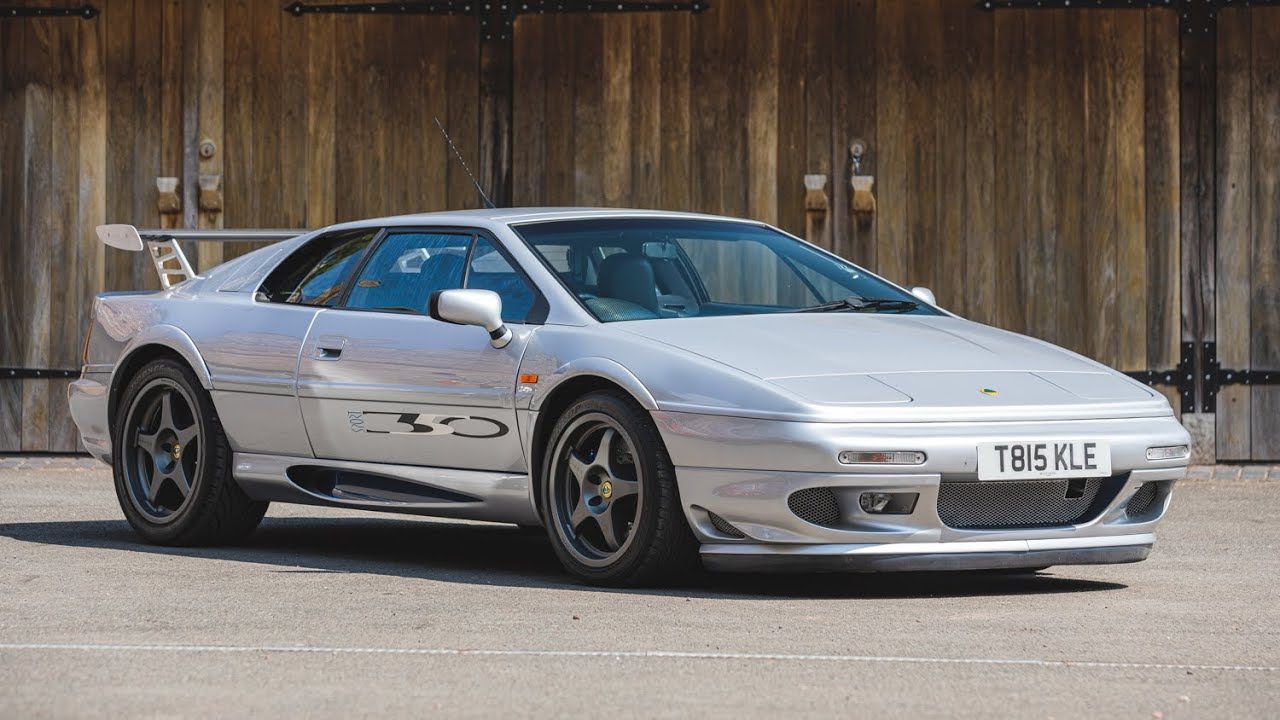
The Sport 350 was the most extreme V8 Esprit, limited to just 50 units. It kept the 3.5-liter twin-turbo V8 but added lightweight bodywork, carbon-fiber elements, stiffer suspension, and AP Racing brakes.
It shed over 100 pounds compared to the standard V8 and included a unique aluminum rear wing. With a top speed of 175 mph and a 0–60 time around 4.3 seconds, it was one of the quickest Lotuses ever built—and a proper send-off to the car’s high-performance era.
9. 2002 Lotus Esprit V8 25th Anniversary Edition
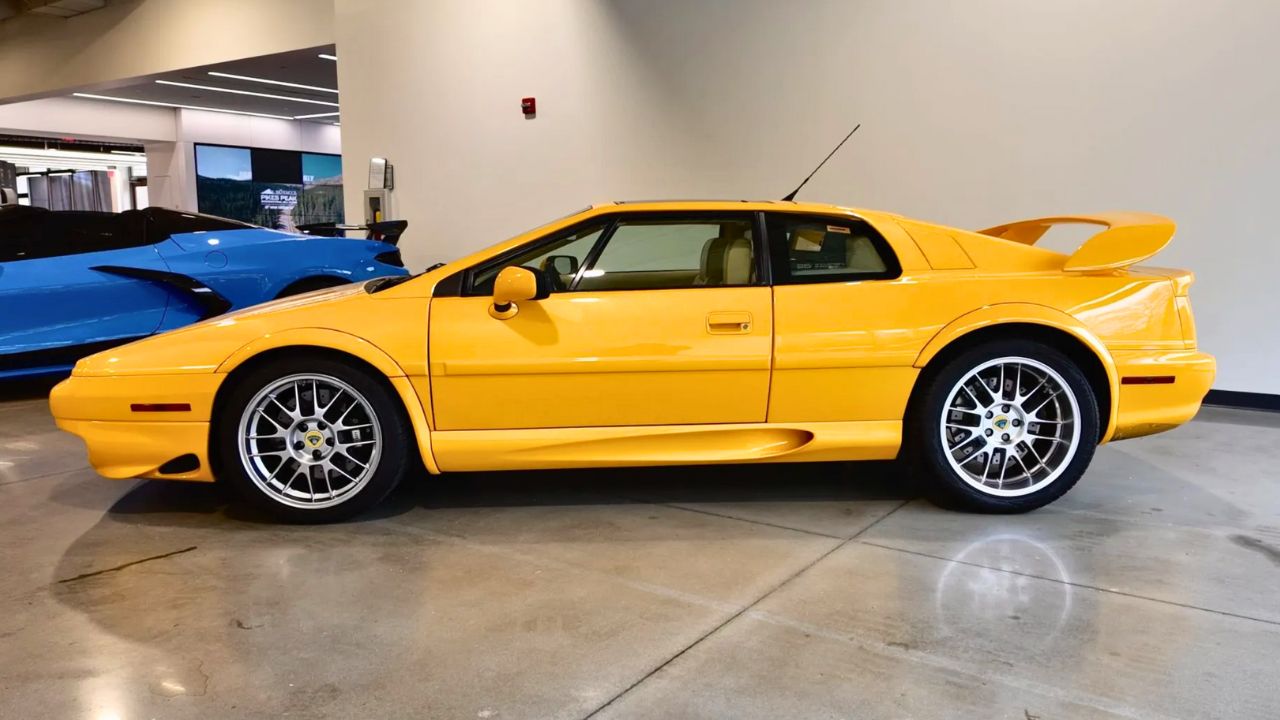
To mark 25 years of Esprit production, Lotus released a special-edition V8 with unique paint, numbered plaques, and a slightly reworked interior. It wasn’t any faster than the regular model, but it represented the peak of refinement for the series.
Power came from the same 350-hp V8, and the car still rode on the proven chassis, now matured with years of development. It was one of the last Esprits to roll off the line before production ended in 2004—capping off a nearly 30-year run.
10. 1980 Lotus Esprit Turbo “For Your Eyes Only”
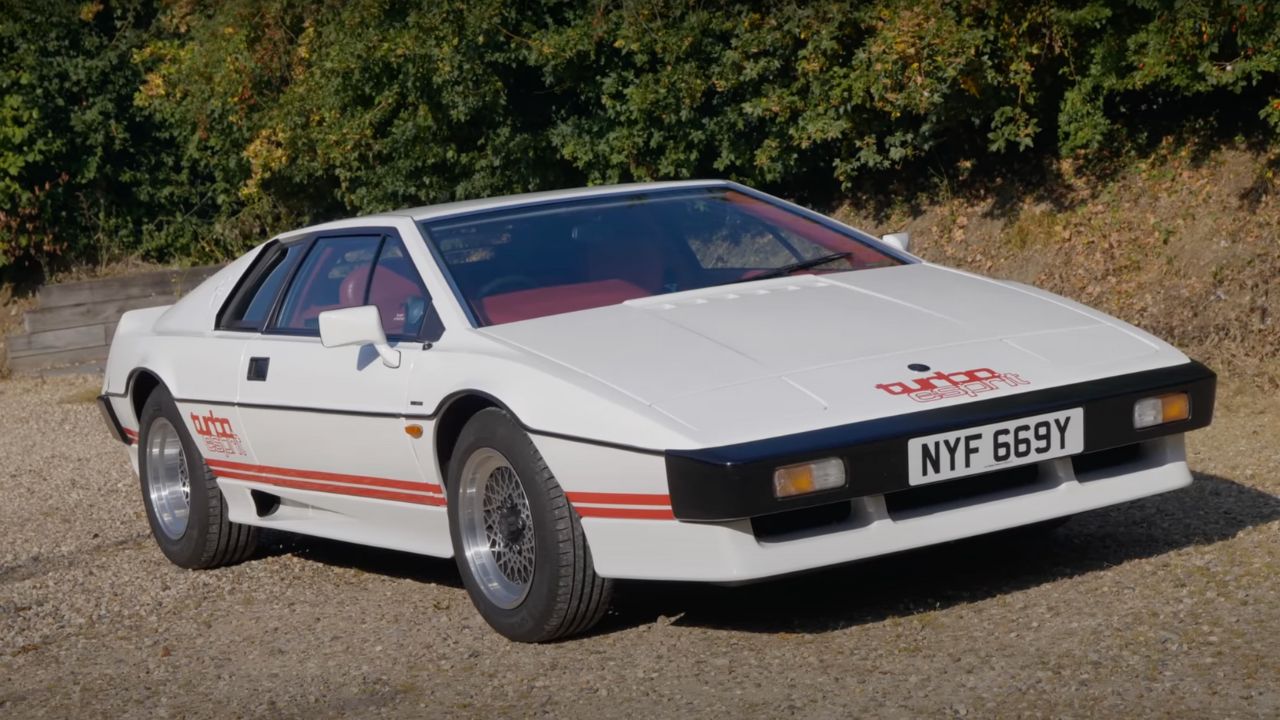
Another Bond car, but this time with real performance under the bodywork. The 1980 Turbo Esprit used in For Your Eyes Only introduced moviegoers to the Essex Turbo’s aggressive looks and red leather interior—both recreated for the film.
It wasn’t a prop this time—it was a working car based on the Turbo production model. The movie’s use of multiple Esprits helped anchor the car in pop culture once again, and the snow-ready model even featured ski racks bolted to the hatch.
*Created with AI assistance and editor review.

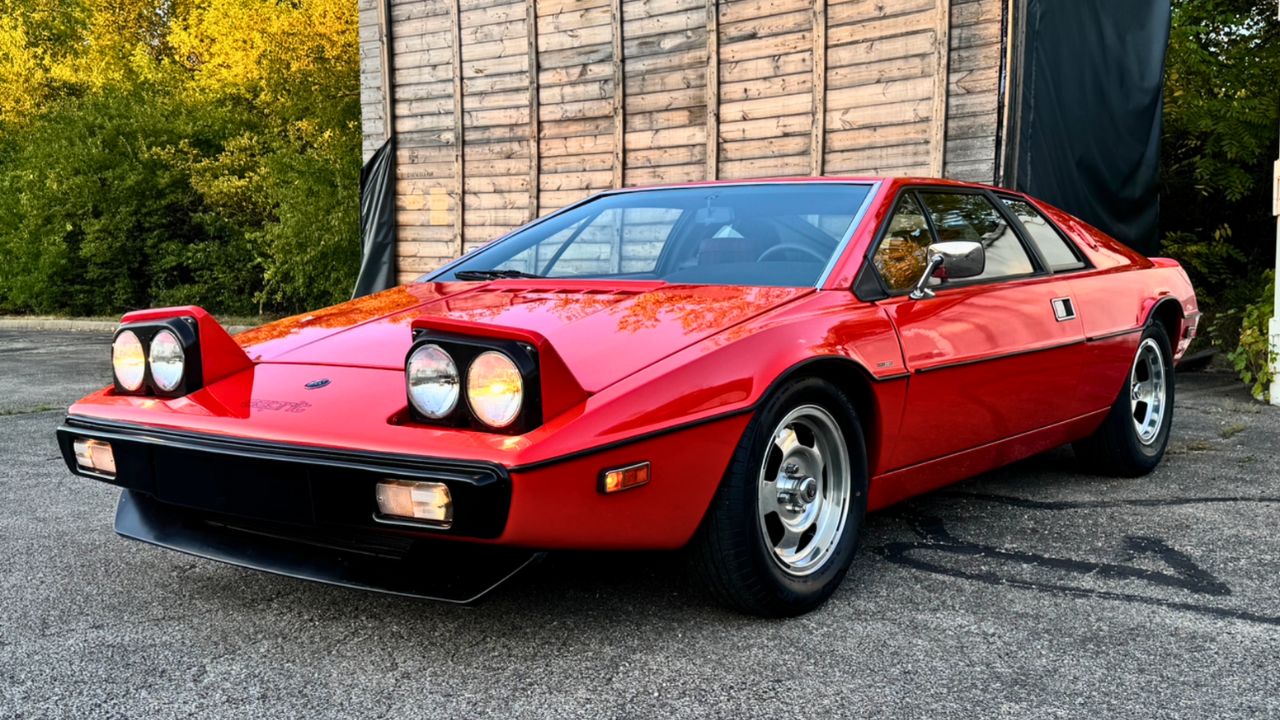

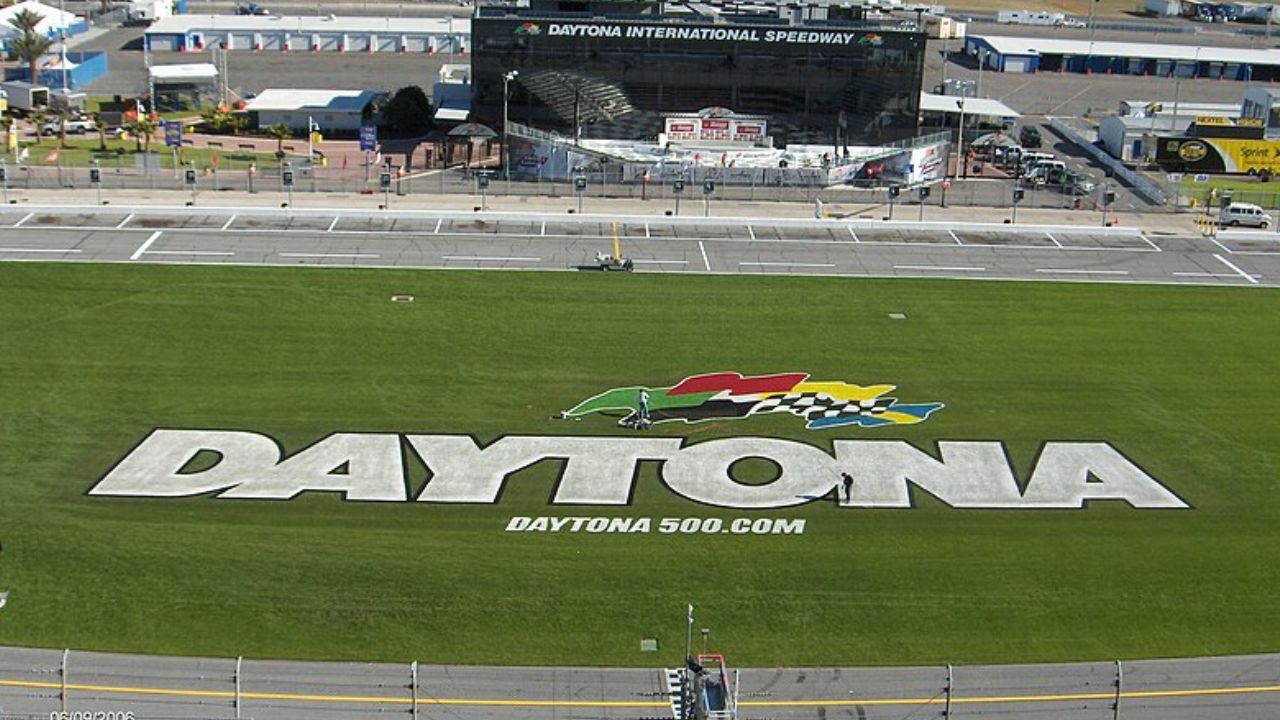
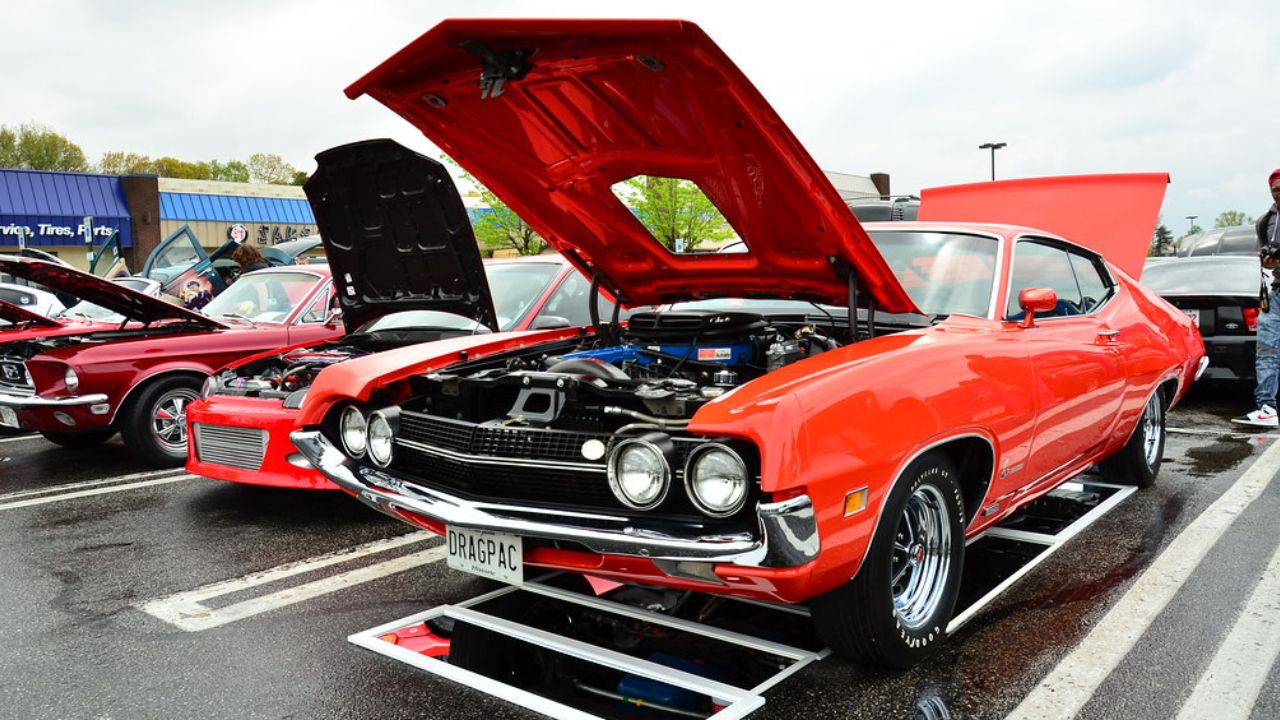

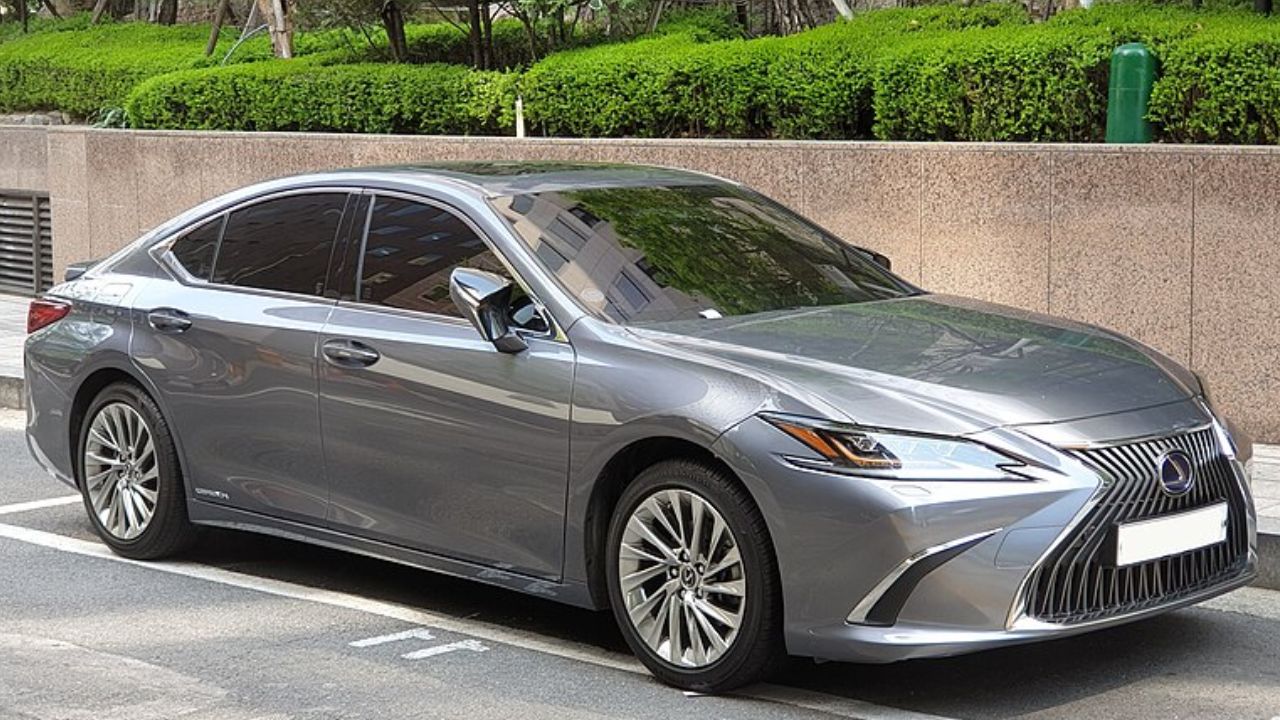
Leave a Reply